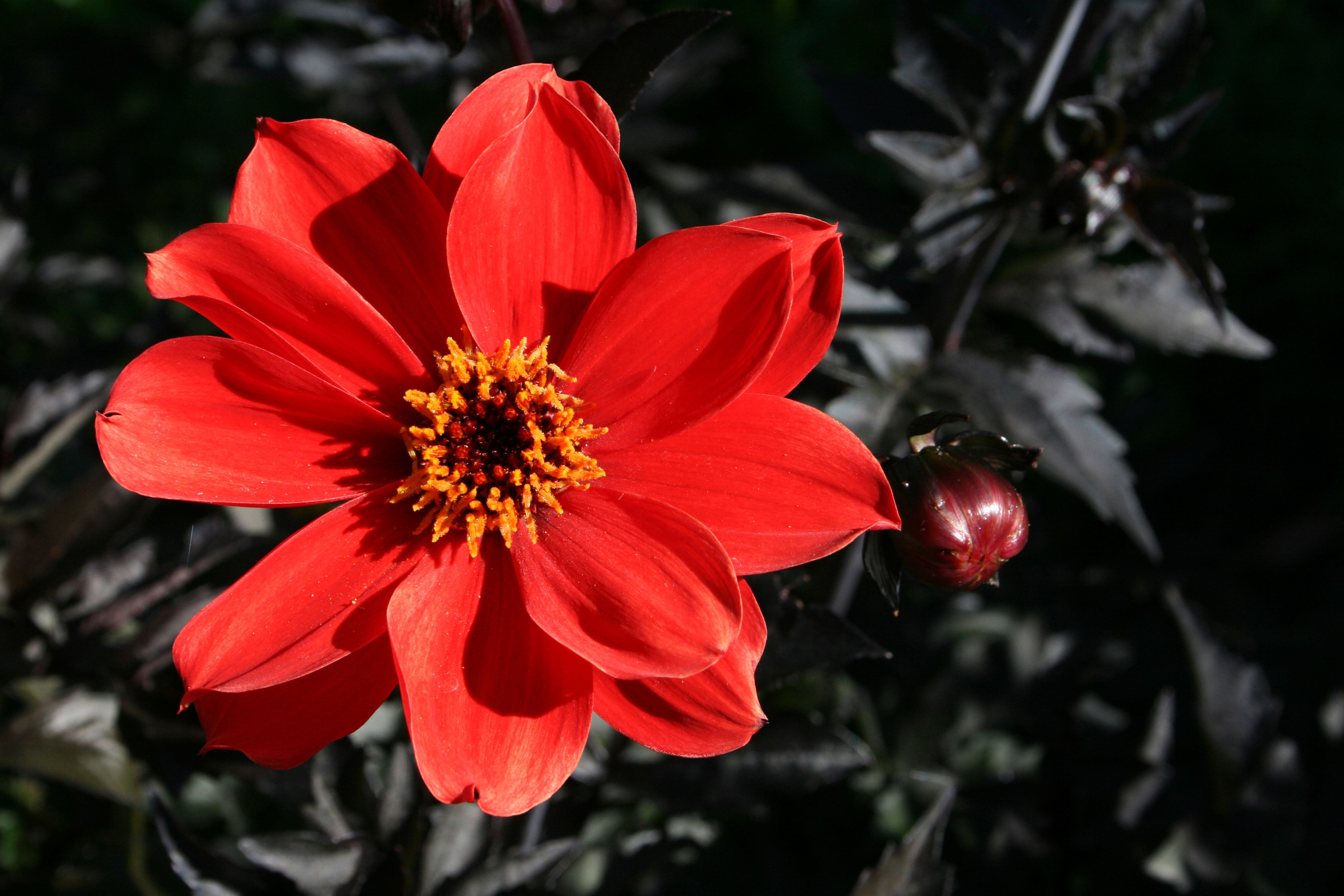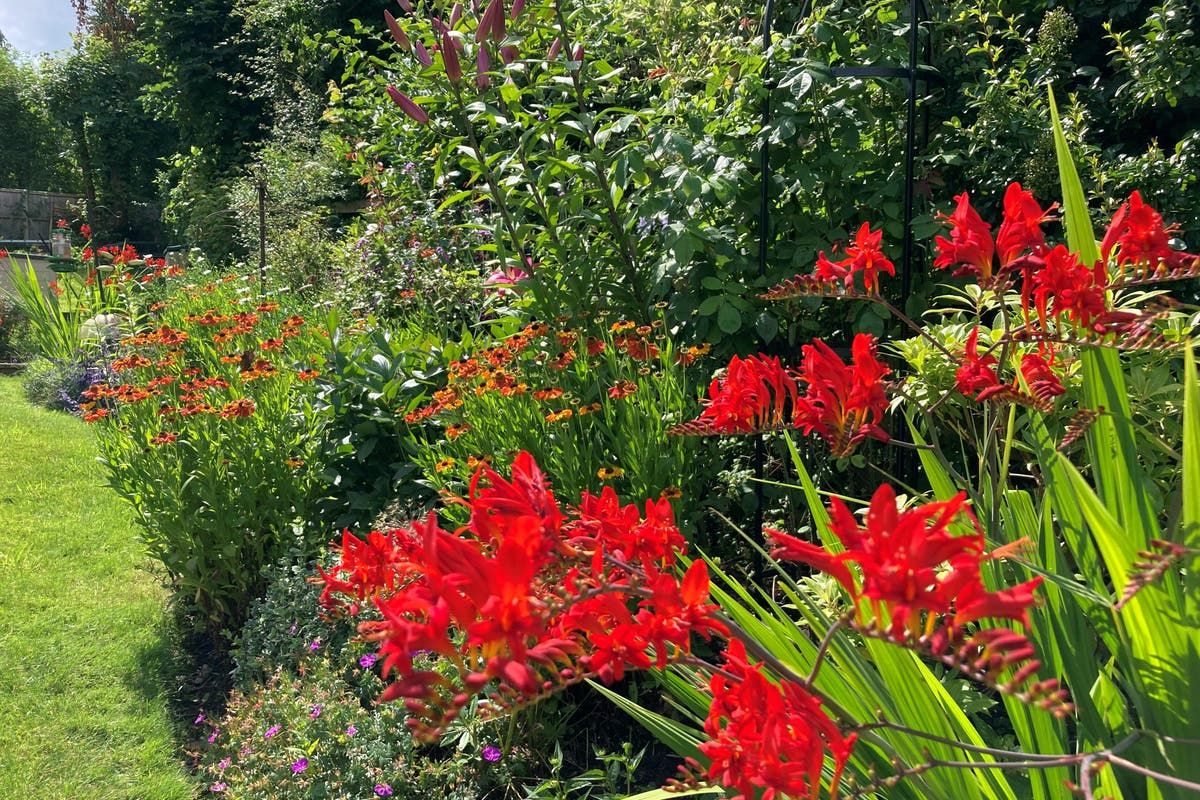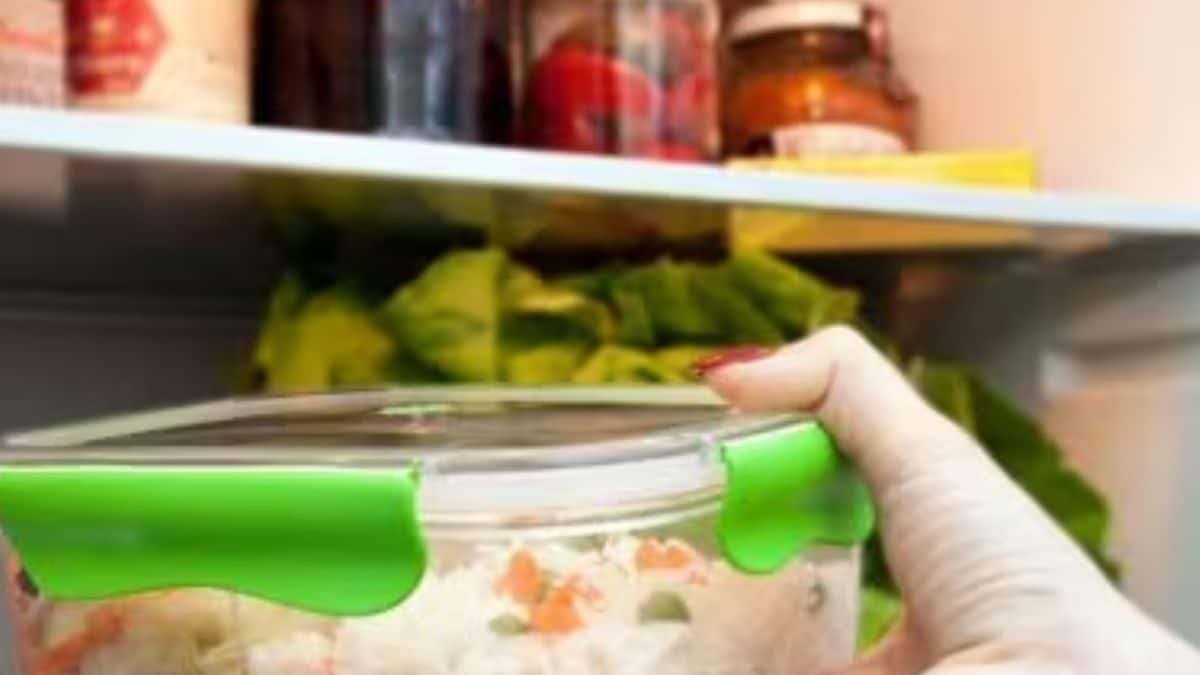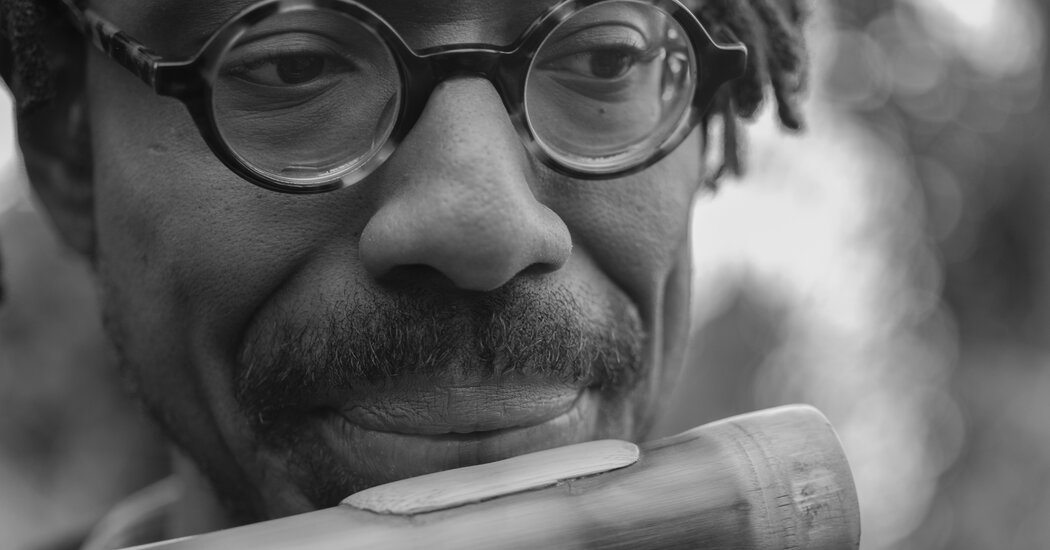Truly support
independent journalism
Our mission is to provide unbiased, fact-based reporting that holds the powerful to account and exposes the truth.
Whether it's $5 or $50, every contribution counts.
Support us in offering journalism without agenda.
There are some bright lights in the late summer border that will make your garden glow with color while other summer flowers fade.
Plants that produce flowers in various shades of orange, red, purple and pink come into their own this time of year, long after roses, lupines and other favorite perennials begin to fade.
Here are 10 of the best plants for late summer color.
1. Crocosmia 'Lucifer'
The erect, sword-shaped leaves of these herbaceous perennials provide a striking architectural backdrop with intense color, with arching flower stems producing vibrant orange tubular flowers in mid- to late summer. Also known as montbretia, these reliable cormous plants grow in many conditions, including shade and dry soil. If they do take off, you may need to dig a few up each year and replant them, as you'll soon have large clumps.
2. Echinacea

The huge daisy-like flowers of these hardy perennials, also known as coneflowers, can bloom for weeks, their bright petals radiating around a prominent central cone. They prefer full sun in easily draining soil, adapt well to prairie-style plantings as they combine well with grasses, but have a place in almost any late summer border and are also a magnet for butterflies and bees. Colours range from white and pink to red and orange. Some good varieties are 'Delicious Candy' and 'Ruby Giant'.
3. Hylotelephium (formerly known as Sedum)

Also known as ice plant, this perennial produces colorful, succulent leaves in spring, followed by flat heads of white, pink or crimson flowers in late summer, which can last into fall. They grow best in full sun in well-drained soil and are perfect for rock gardens, containers and at the front of beds. Give them plenty of light and don't shade them out with other plants, or they won't flower. Some good varieties are Hylotelephium spectabile, 'Purple Emperor' and, as a stand-alone plant in a small pot or rock garden, 'Spot On Deep Rose', which has masses of deep pink flowers.
4. Verbena bonariensis

This must be a favourite perennial for borders, with its tall stems and flat heads of lavender-purple flowers, which are much appreciated by pollinating insects. Depending on the variety, it can grow up to 2m, and its ‘see-through’ attributes add height without density in a sunny border. If you want the flowers closer to the front of your space or even in a pot, there is the dwarf variety ‘Lollipop’. Grow in full sun in moist but well-drained soil.
5. Dahlia

If you can keep the slugs away, dahlias are among the stars of the late summer border, whatever flower type you prefer, from single-flowered varieties with open centres to spherical pompoms, balls, the irregular ruffles of cactus types and water lily dahlias, in all the colours of the rainbow. Dwarf types look lovely in pots and are fabulous for cutting. Among the best are 'Bishop of Llandaff', with its dark brown foliage and scarlet flowers, and for pots try any of the compact Gallery Series, which come in a wide range of colours.
6. Lily

Who can resist the deep, heady fragrance of lilies, which bloom just when other plants run out of steam in midsummer? For subtle colour, you can't beat Lilium regale, whose white flowers, with a golden throat and purple-pink undersides, appear in late summer on arching 1m stems. For a dramatic pot, opt for shorter-stemmed Asian and Oriental hybrids, such as the pink and white 'Mona Lisa' or soft pink 'Vermeer'.
7. Equinops (globe thistle)

If you want purple lollipops in late summer, consider ball thistle, a hardy perennial with steely-blue buds and floral globes. Grown in a bed in full sun or partial shade, it looks good in a grey- or silver-leafed theme, thanks to its prickly, rough foliage, although the blue inflorescences are the conspicuous stars. It prefers poor, well-drained soil and will tolerate coastal sites. Some good varieties include the medium-height Echinops ritro 'Veitch's Blue' and E. bannaticus 'Taplow Blue'.
8. Helenium

If you're after a fiery, rich hue, look no further than helenium, whose stunning daisy-like flowers come in a variety of sparkling colours, from burnt orange and copper red to vibrant yellow. They need plenty of light and good soil and will give you a succession of rich flowers with dark centres in late summer. Dig up the clump every three years, divide and replant to keep the plant vigorous, which is great if you want a repeat planting rhythm in your borders. Some good varieties include the deep copper 'Moerheim Beauty' and 'Sahin's Early Flowerer' with orange inflorescences.
9. Aster x frikartii 'Monch'
Some Michaelmas daisies are better than others and this lavender-blue hybrid is one of the best, being resistant to powdery mildew and other diseases that affect other species. They are a magnet for bees and butterflies and will brighten up a summer-fading bed if you plant them to fill in gaps, and they should continue to flower through the autumn. They prefer sun or light shade in reasonable soil that should be kept well watered.
10. Perennial Lobelia
When the trailing annual lobelia you have in baskets and pots starts to fade, the perennial lobelias you have in borders should start to come into their own, if you plant them in a sunny spot in soil with plenty of added compost and make sure they are kept moist. They are very different from the annual lobelias we know, growing up to 90cm and available in red, pink and purple. The best known is Lobelia cardinalis, known as cardinal flower or marsh sage, which has bright scarlet flowers and prefers damp areas, such as the edges of a pond. Try Lobelia 'Queen Victoria' for a striking splash of red, combining with rudbeckia for late summer colour.












